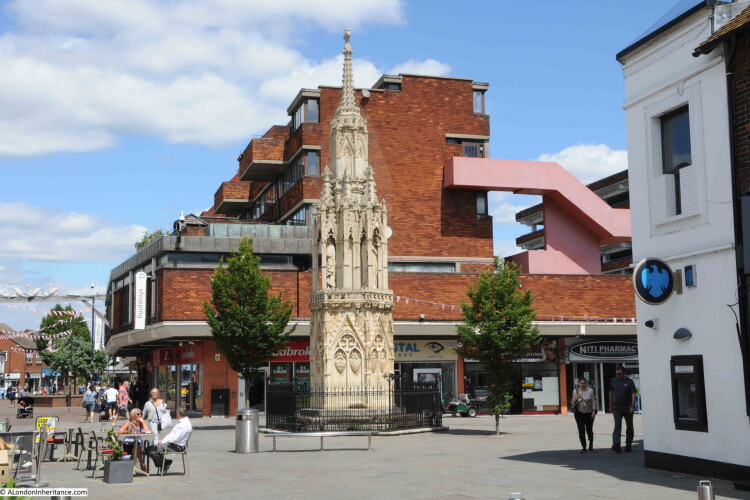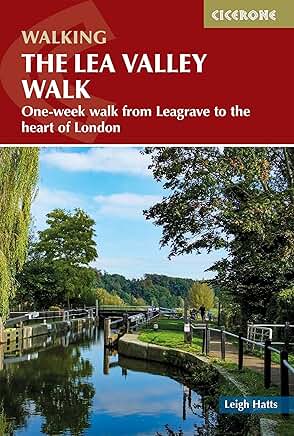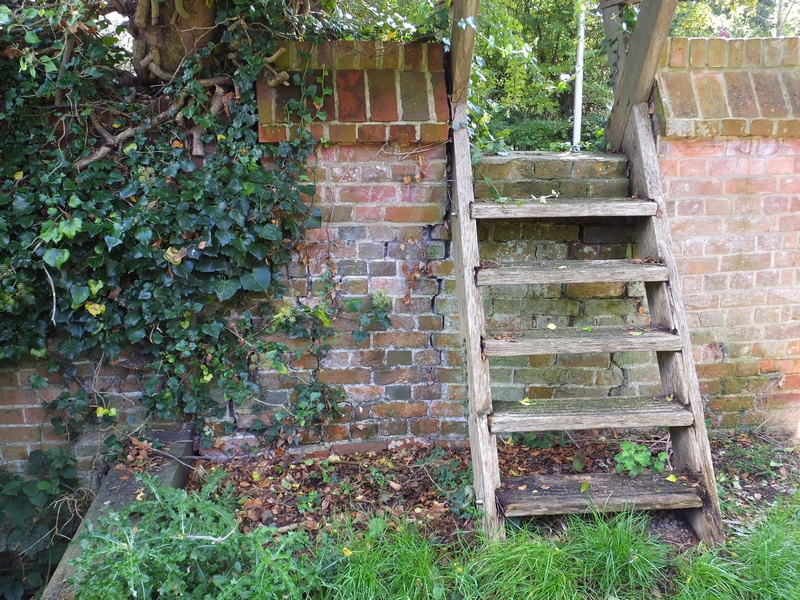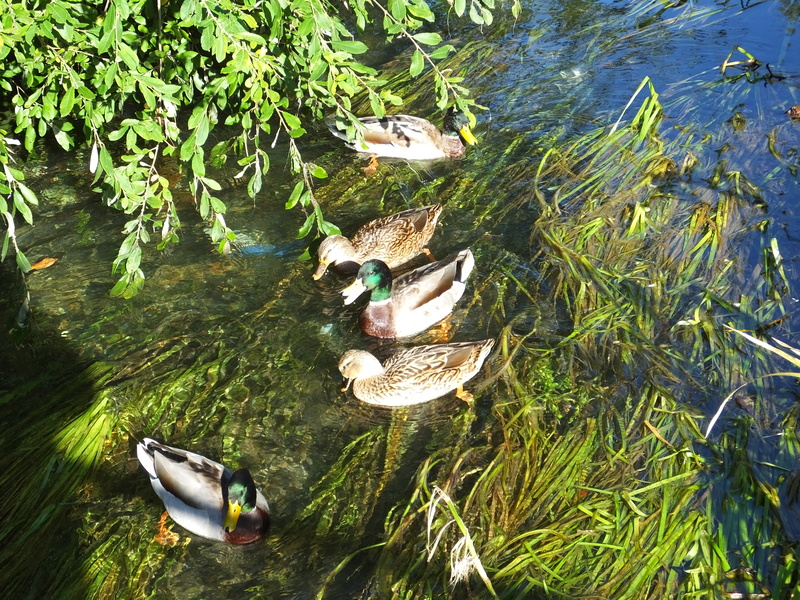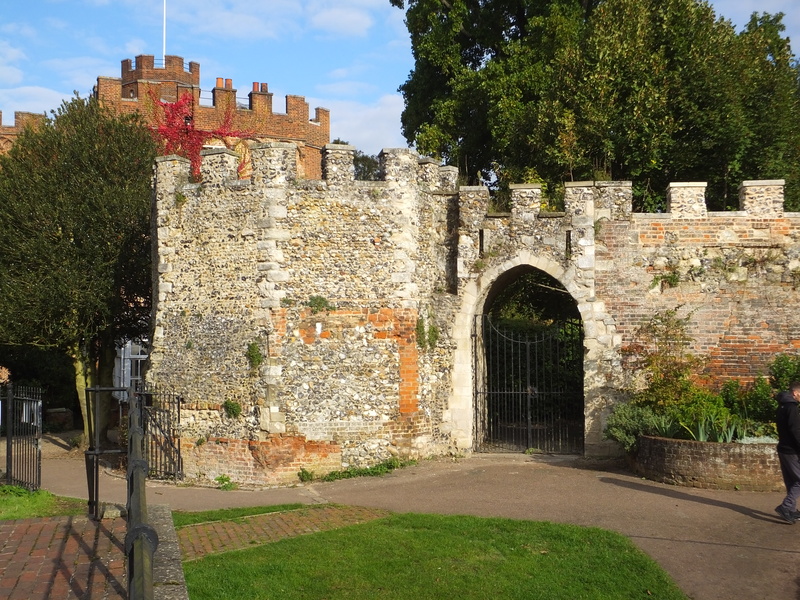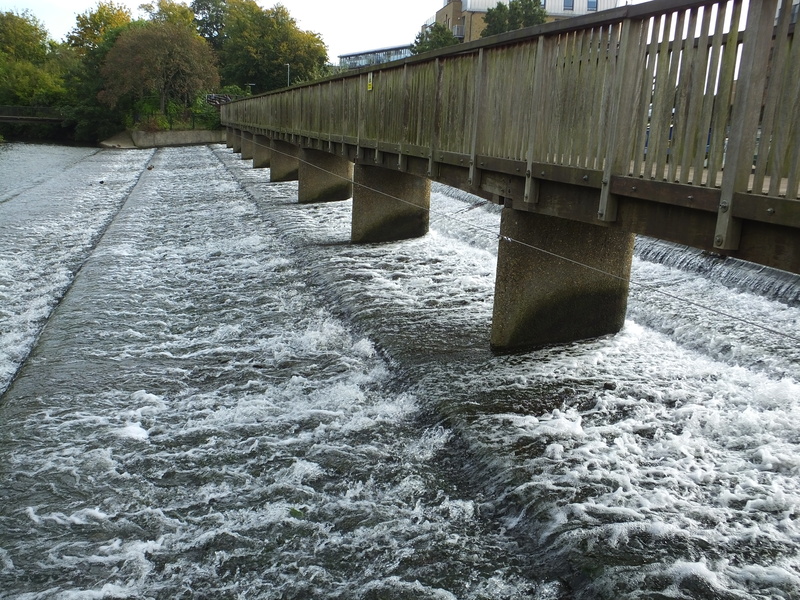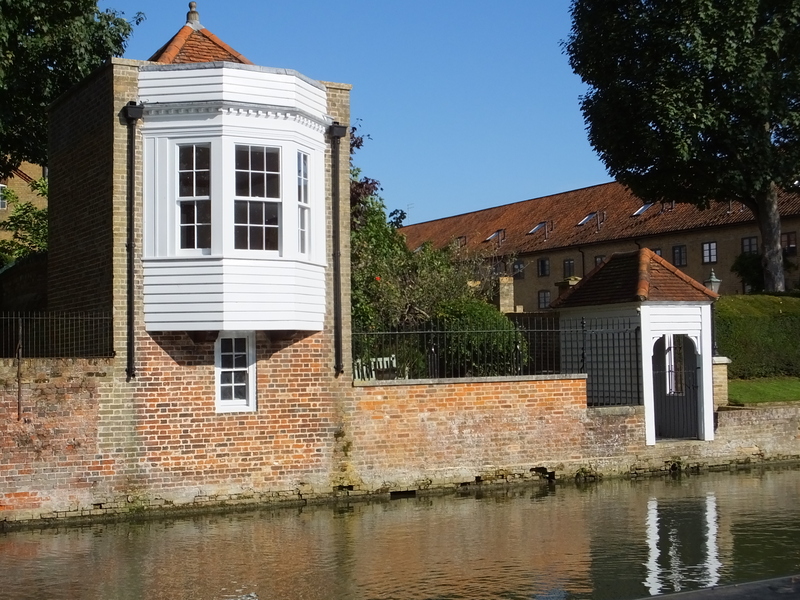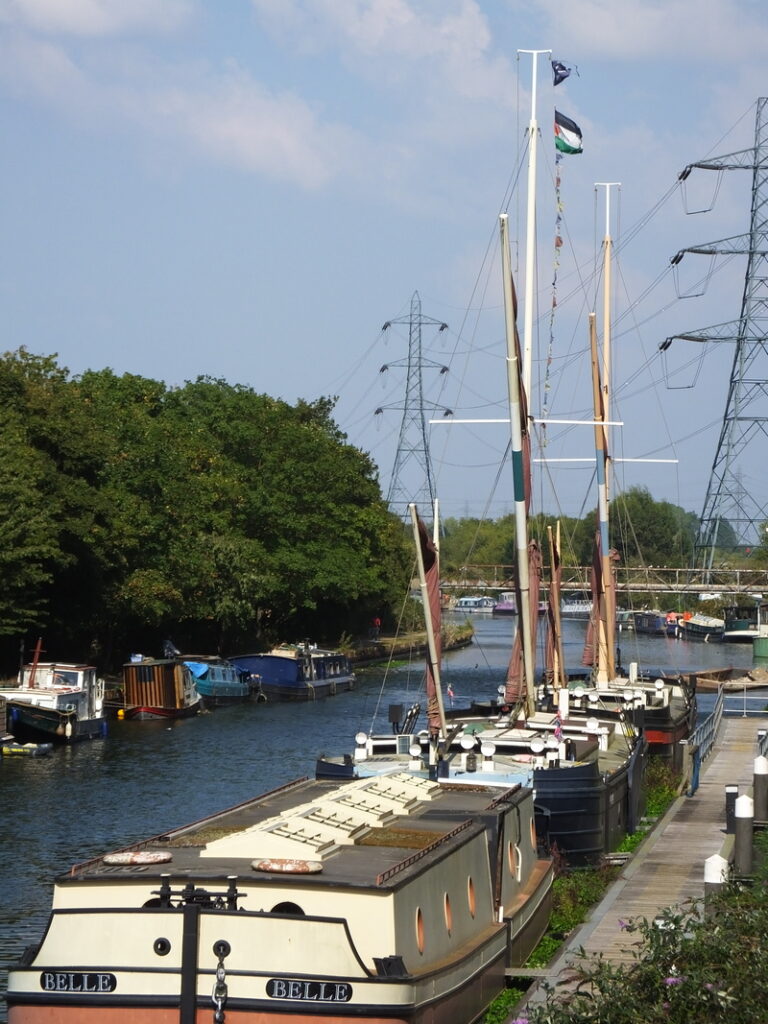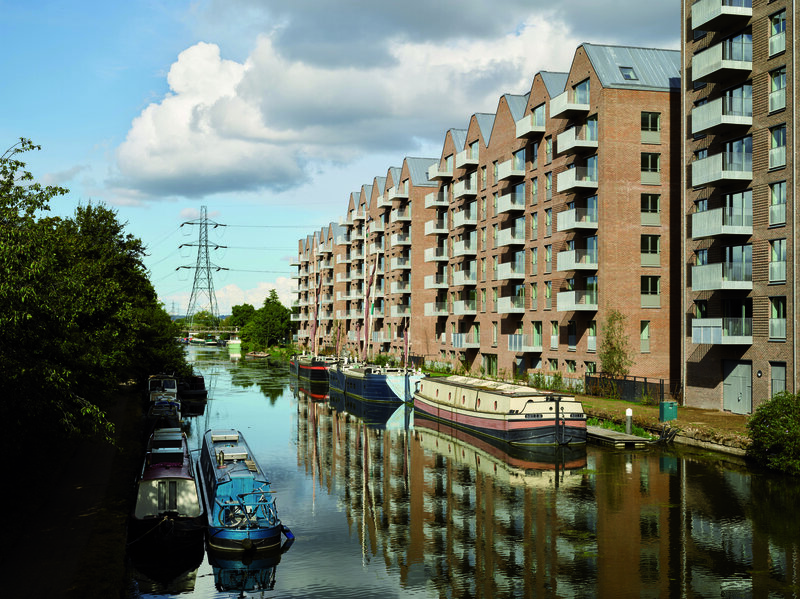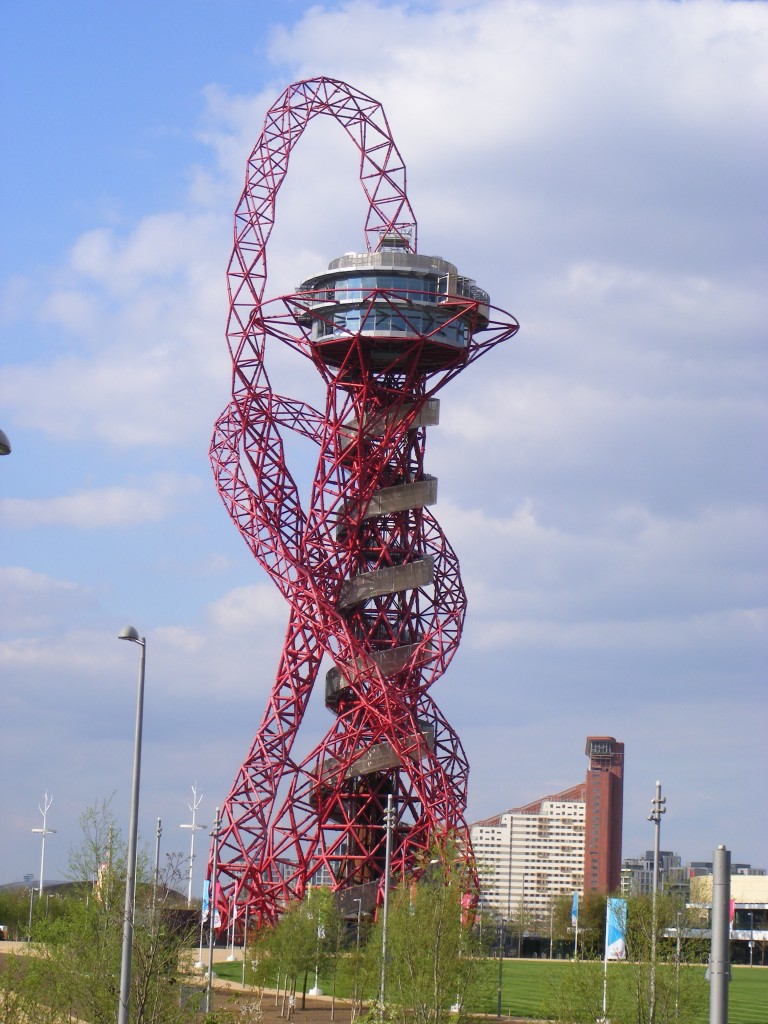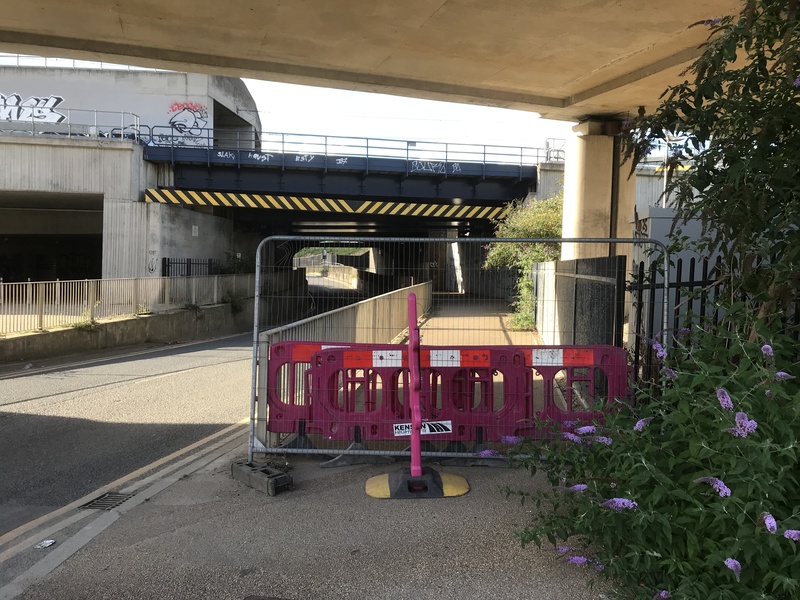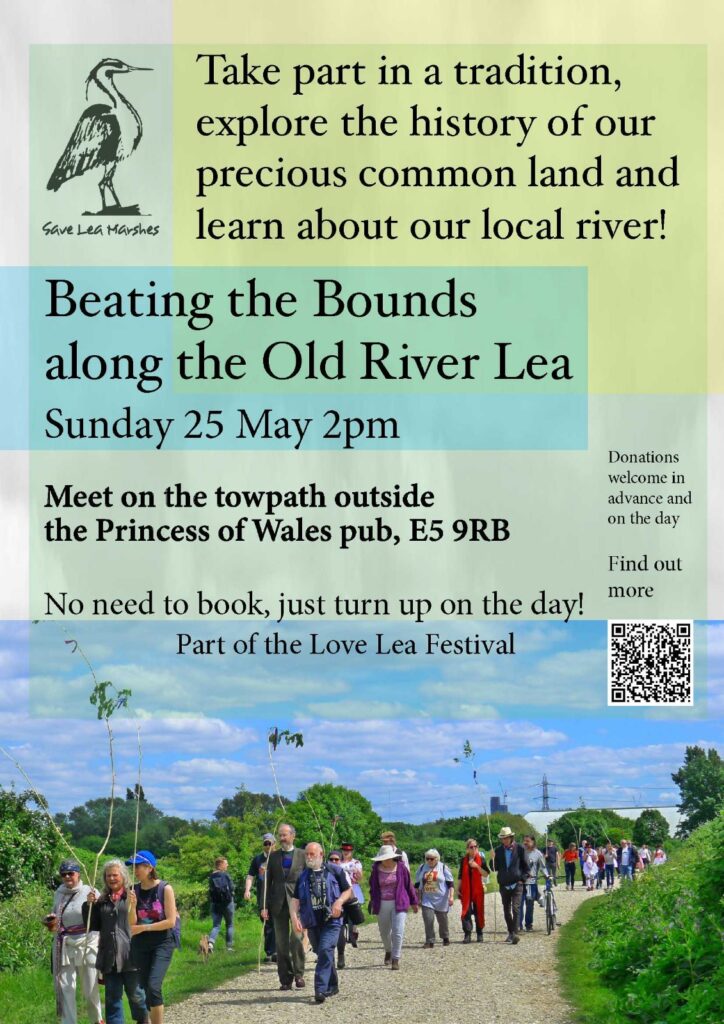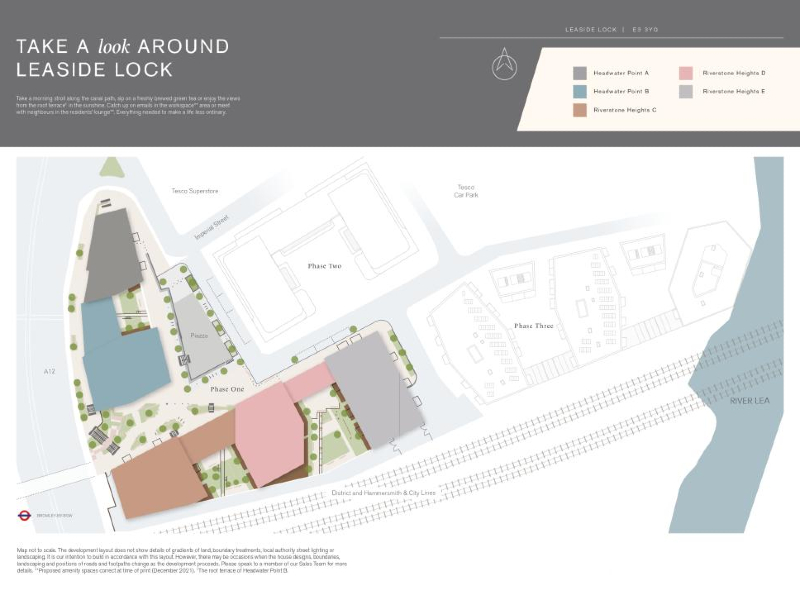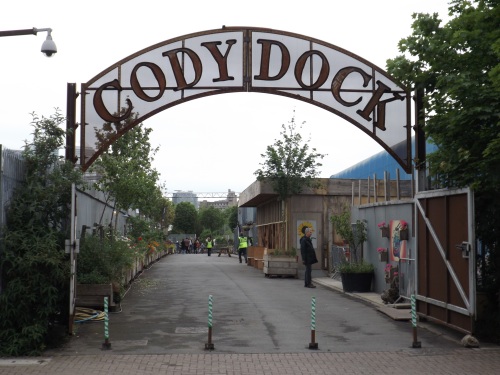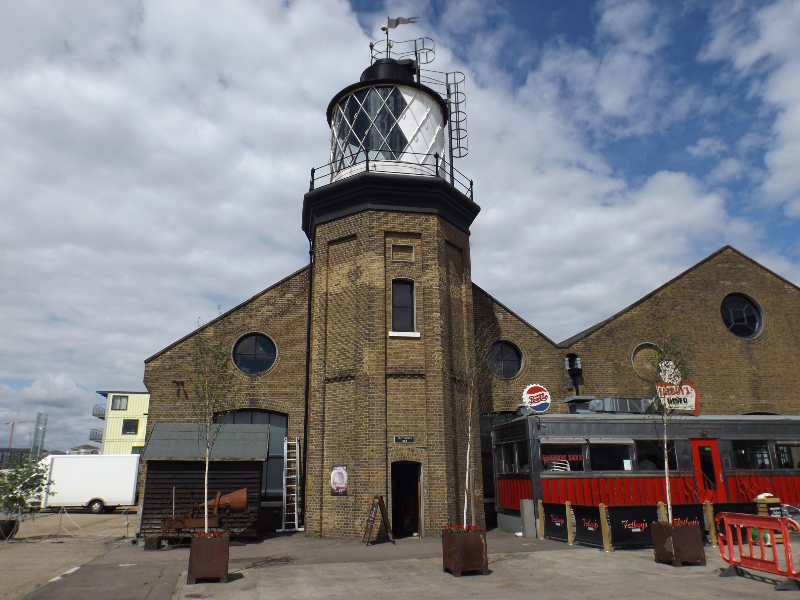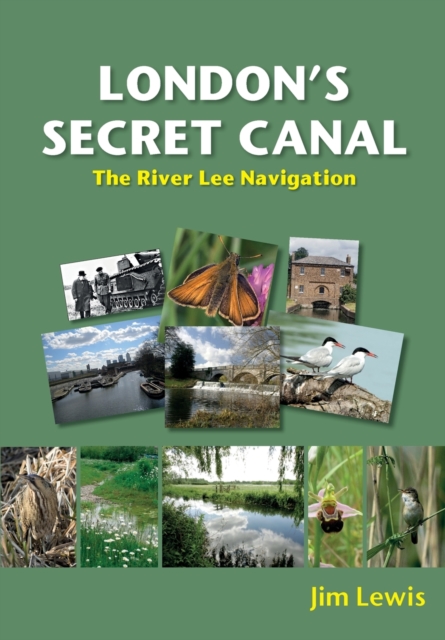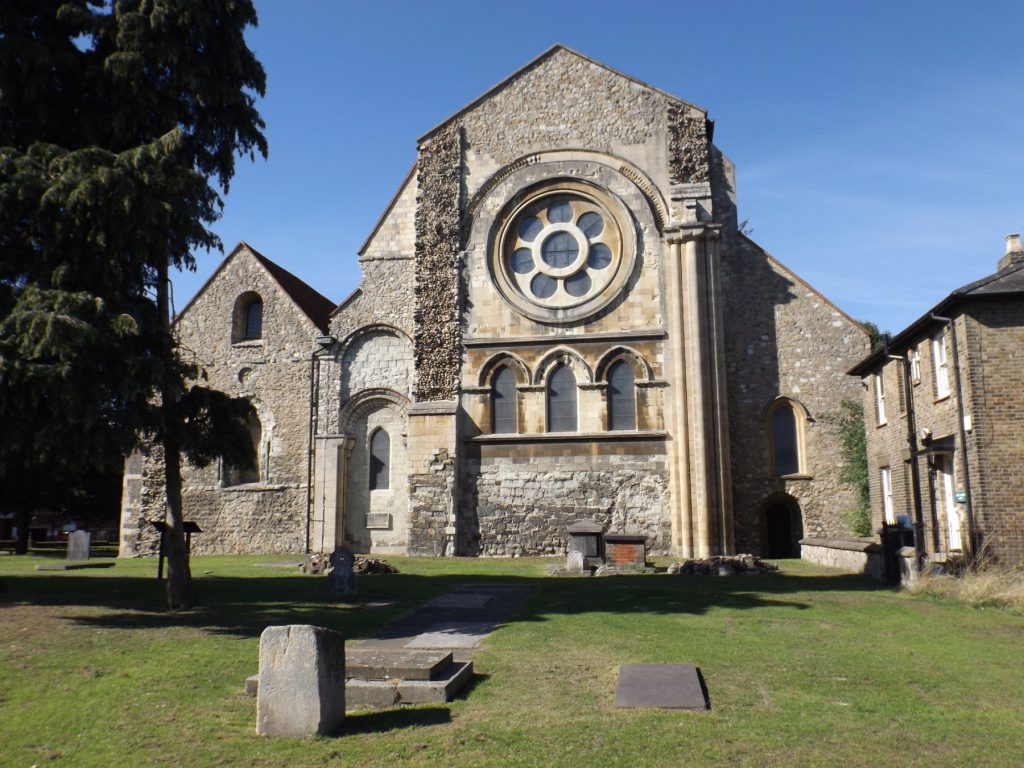
Waltham Abbey has featured in many deeply historic moments in England’s history.
King Harold prayed there before the Battle of Hastings and his body was brought back for burial after defeat by William the Conqueror. Henry VIII first met the future Archbishop Cranmer at the abbey and discussed his pending divorce which led to the Reformation.
In between these two events the body of Queen Eleanor was brought into the church on a dark December evening in 1290. It rested there for one night since Waltham was just one of several pauses in a long funeral procession.
Eleanor of Castile was the Queen consort of King Edward I. The marriage was a love match so when Eleanor died unexpectedly in Nottinghamshire her husband was bereft.
Her body was first taken to nearby Lincoln before the long journey south to London. Wherever the procession stopped at nightfall a cross was later erected.
Historian Alice Loxton has walked the route on the same Advent days and examined each surviving cross or its site. They are more of an elaborate tower than a plain cross. Her book Eleanor tells the story of her walk, her adventures when researching and Eleanor herself.
The rest at Waltham Abbey is commemorated a mile away at what is now called Waltham Cross. This is on the former main road and in the nearest village to the abbey which lay to the east.
The procession had been through Dunstable. Alice writes with approval of Luton and its heritage although the cortège passed to the west of the town heading for St Albans on the Roman road.
After a night at St Albans Abbey (now the cathedral) it was a long haul on St Lucy’s Day to Waltham.
Here Alice suggests Eleanor lay in an open coffin during the night of the 13 December. Her husband was not there having gone ahead at St Albans to London ready for the funeral at Westminster Abbey in four days time.
The capital lay 13 miles away and Waltham was the last stop before London. For Eleanor’s party it was a journey on the main road through lovely countryside. That green has been reduced to a corridor along the parallel River Lea and that is where Alice chose to walk.
After leaving the Premier Inn (near Enfield Lock) she was soon joined by friends to follow the Lea Valley Walk to Tottenham noting boats and on to Spring Hill overtaking the Jewish residents walking on the Sabbath.
The next Eleanor Cross is a lost cross in the City of London. And yes the very last one is Charing Cross but it’s been rebuilt on the wrong site.
That is the sort of detail this extremely interesting book includes. It is best read from the start and not just from Hertfordshire pages onwards. The one downside is the lack of an index but as there is not one you might as well enjoy the richness and easy reading from the start.
Eleanor: A 200-Mile Walk in Search of England’s Lost Queen by Alice Loxton (Macmillan; £22)
